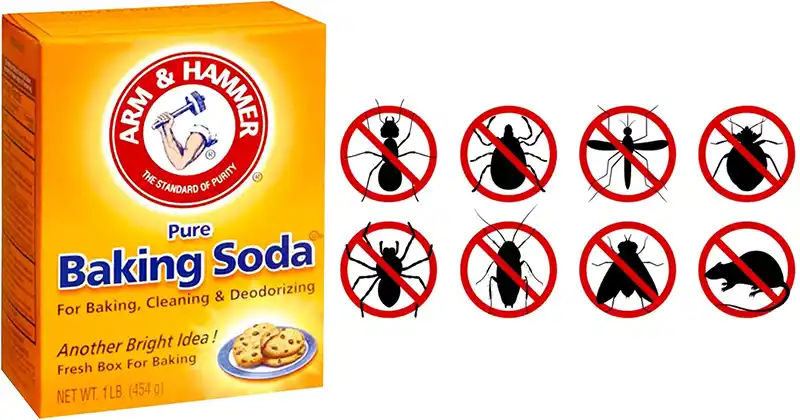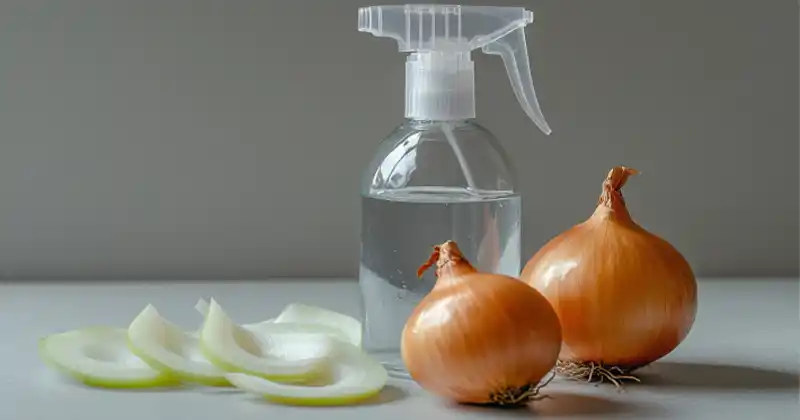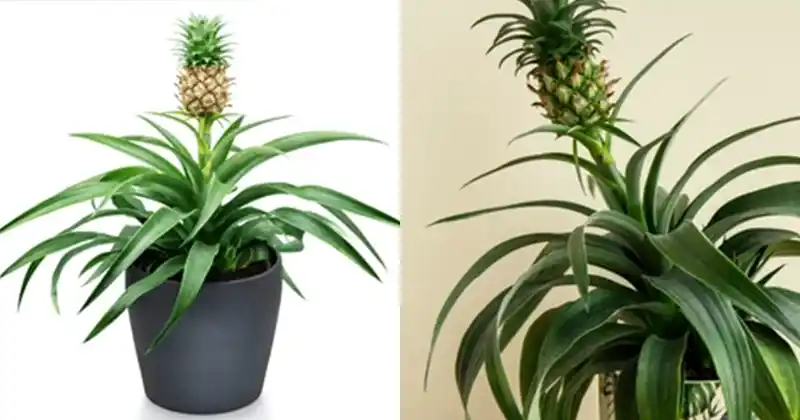Simple and Eco-Friendly Ways to Easily End Window Condensation.
Window condensation can be both annoying and potentially harmful to your home. It occurs when warm, moist air comes in contact with cooler surfaces, like windows, leading to water droplets forming. Understanding why this happens and how to address it can make your living space more comfortable and protect the longevity of your windows. Here’s a step-by-step guide to effectively tackle window condensation.

Understanding Window Condensation
Causes of Condensation: The primary cause is the difference in temperature between the inside and outside of your home. During colder months, the warm air inside comes into contact with the cold surface of the window, causing moisture to condense. High humidity levels inside the house can also contribute to this problem.
Potential Issues: If left unchecked, condensation can lead to mold growth, peeling paint, and even rotting wood, causing structural damage over time.
Using Baking Soda to Reduce Window Condensation
Baking soda, or sodium bicarbonate, is a common household item that can absorb moisture. Here’s how you can use it:
Place Baking Soda Near the Window:
- Fill a small bowl or an open container with baking soda.
- Place it on the windowsill or near the window where condensation is a problem.
Regular Replacement:
- Change the baking soda once it feels damp or approximately every few weeks to ensure effectiveness.
Additional Tip:
- For a broader effect, distribute multiple containers of baking soda around the room.

Using Salt to Reduce Window Condensation
Salt is another hygroscopic substance that can help in absorbing excess moisture.
Application:
- Similar to baking soda, fill small bowls or containers with table salt or rock salt.
- Place these containers on or near the windows.
Monitor and Replace:
- Keep an eye on the salt. Once it becomes damp or clumps together, it’s time to replace it.
Considerations:
- Be careful with the placement of salt, especially if you have pets or small children, as it can be harmful if ingested.
Additional Tips
- While these methods can help reduce condensation, they are more effective in smaller or less severe cases.
- For larger rooms or more serious condensation issues, these methods may need to be used in conjunction with other techniques like improving ventilation or using a dehumidifier.
- Regularly monitor and replace the baking soda or salt to maintain their effectiveness.
In summary, both baking soda and salt can be used as a part of your strategy to reduce window condensation, but they are often more effective as a supplemental approach in a broader moisture control plan.
Simple Methods to Reduce Window Condensation

1. Improve Air Circulation:
- Step 1: Open windows regularly to allow fresh air to circulate.
- Step 2: Use fans, especially in high-moisture areas like kitchens and bathrooms.
- Step 3: Ensure that vents and air ducts are not blocked.
2. Utilize Dehumidifiers:
- Step 1: Place a dehumidifier in areas where condensation is most noticeable.
- Step 2: Regularly check and empty the dehumidifier’s water container.
- Step 3: Adjust the settings based on the humidity levels in your home.
3. Increase Insulation:
- Step 1: Insulate your walls and windows to minimize the temperature difference.
- Step 2: Use weather stripping around windows to prevent cold air infiltration.
- Step 3: Consider double-glazed windows for better insulation.
4. Use Moisture Absorbers:
- Step 1: Place moisture absorbers near windows, particularly in areas like basements and bathrooms.
- Step 2: Replace or refill absorbers as directed by the manufacturer.
5. Maintain Indoor Plants:
- Step 1: Be mindful of the number of indoor plants, as they can increase indoor humidity.
- Step 2: If you have many plants, consider placing some in well-ventilated areas.
6. Cooking and Showering Practices:
- Step 1: Use lids on pots while cooking to contain moisture.
- Step 2: Ensure proper ventilation in the bathroom during and after showers.
7. Temperature Management:
- Step 1: Keep a consistent indoor temperature to reduce the temperature variance between inside and outside.
- Step 2: Use thermal curtains to help regulate temperature near windows.

Window condensation is a common issue but can be managed effectively with these simple steps. Regular home maintenance, combined with proactive measures to control humidity and temperature, will significantly reduce the risk of condensation and its associated problems. By keeping your indoor environment balanced, you can enjoy clear windows and a healthier home environment.



















